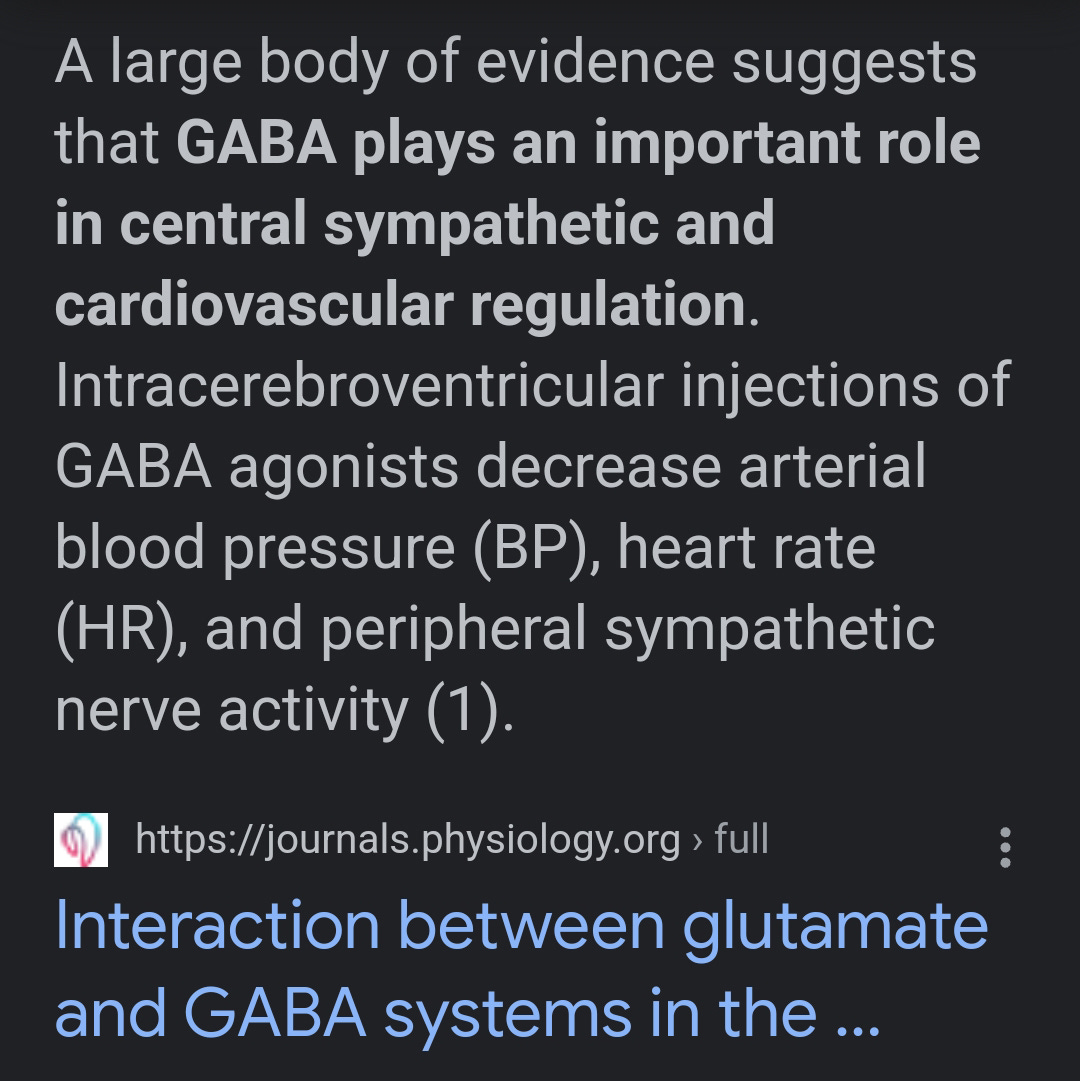Friday Hope: GABA as a Potentially Powerful Therapeutic and its Relation to SPED/Sympathetic Overdrive: Hope for Long COVID
GABA Reduced Severity of Illness and Death in Murine-Cornavirus Infected Mice
FIGURE 1
In my continuing series to present, when relevant, hopeful news in our battle with SARS-CoV-2 and its Spike Protein, I believe that GABA supplementation may prove to be a very powerful therapeutic against COVID-19 and SPED/Spike Protein damage. In particular, against the induced Sympathetic Overdrive, which, I also believe, is a major contributing factor to COVID/Spike morbidity and mortality.
When administered to mice infected with the Murine Coronavirus, GABA had a profound effect.
In terms of illness, MHV-1-infected control mice began to display signs of illness two days post-infection and rapidly became severely ill thereafter, with their illness peaking around day 7 post-infection (Figure 1B and Supplemental Figure S2). In contrast, the mice receiving GABA immediately after MHV-1 inoculation developed only mild illness. Illness scores in the mice given GABA at 3 days post-infection was also significantly reduced compared to that in the control group (Figure 1B and Supplemental Figure S2). Thus, GABA treatment immediately after MHV-1 infection, or 3 days later when the clinical signs of the disease were apparent, reduced the severity of the disease.
GABA treatment led to significantly reduced death rates in MHV-1-infected mice. Six days after inoculation, the mice in the control group began to succumb to their illness and only 3/9 mice survived on day 14 post-infection (Figure 1C). In contrast, all of the mice (n = 10) given GABA starting immediately after MHV-1 inoculation survived (Figure 1C). Of the mice that began GABA treatment at 3 days post-infection, 9/10 mice survived.
The conclusion of the paper poses a question which, I believe, I can partially answer.
Much remains to be learned about the mechanisms by which GABAA-R agonists protected MHV-1-infected mice from severe pneumonitis and whether these observations extend to SARS-CoV-2 infection in humans. Given that GABA and homotaurine can affect many biological processes and that viral infection is a very dynamic process, it is clear that GABAA-R agonist dosing needs to be carefully studied and optimized for different stages of coronavirus infection. Our observations provide a springboard for further investigations into whether targeting GABAA-Rs can provide new avenues to limit severe illness due to infection with SARS-CoV-2 and other novel coronaviruses.
GABAA-Receptor Agonists Limit Pneumonitis and Death in Murine Coronavirus-Infected Mice
https://www.mdpi.com/1999-4915/13/6/966/htm
In my previous posts I have described the mechanism by which I believe the Spike Protein is inducing Sympathetic Overdrive and how I believe this is a satisfactory explanation for Long COVID.
Interestingly, GABA is very effective at quelling a Sympathetic Overdrive response.
Interaction between glutamate and GABA systems in the integration of sympathetic outflow by the paraventricular nucleus of the hypothalamus
https://pubmed.ncbi.nlm.nih.gov/16877560/
I believe GABA should not only be immediately trialed in those suffering from COVID, but also in those suffering from Long COVID. I believe it may prove to be a very powerful therapeutic.
Happy Friday to all. As always, thank you for the continued support and may God bless us all.





That is excellent news Walter. You continue to do amazing work and help humanity.
Thyme is a GABA promoter that tastes good in tea. I use a teaspoon or half, generous pinch in a pot with some pomegranate peel and a little dandelion root and larger pieces of dried mango peel. That adds flavor and the thyme also.
Allosteric modulator of the GABA receptor
https://www.ncbi.nlm.nih.gov/pmc/articles/PMC1574153/